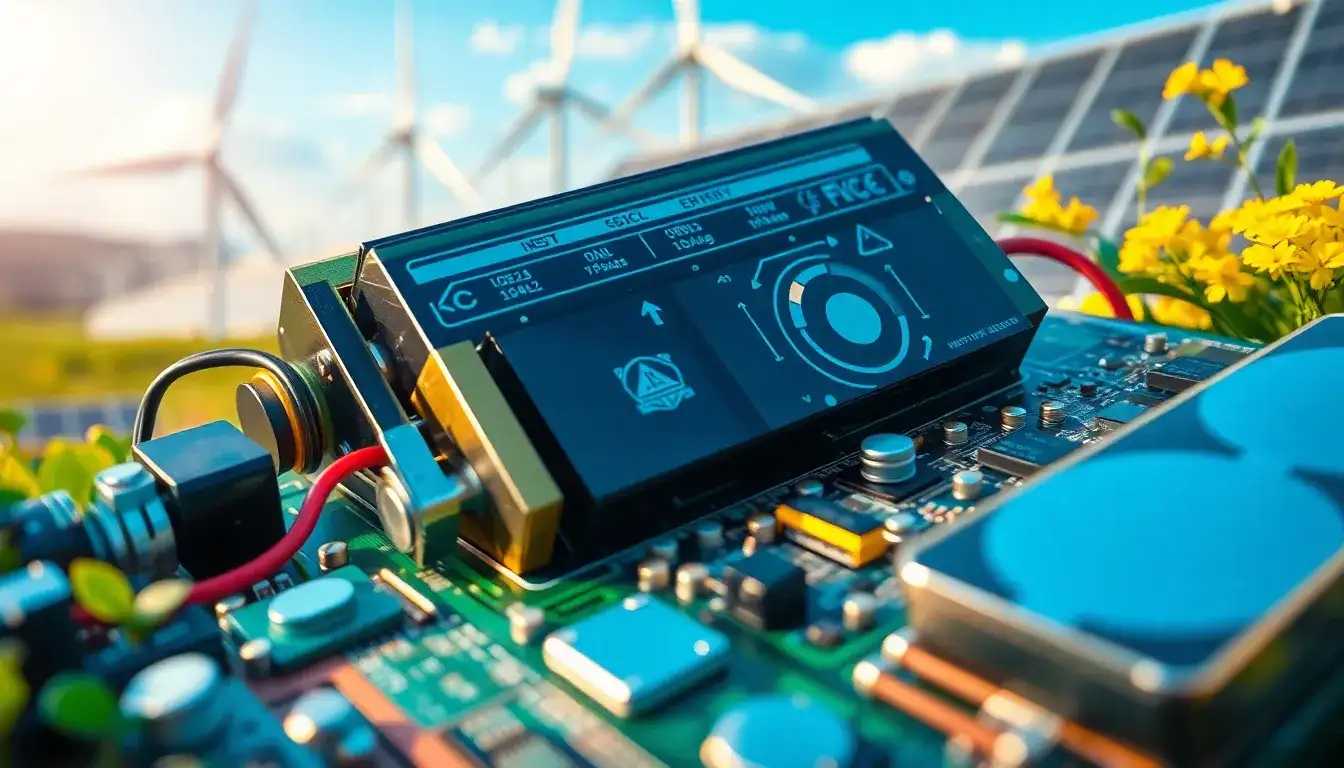The Promise and Perils of Sodium-Ion Batteries
Sodium-ion batteries have emerged as a potential game-changer in the energy storage landscape, offering a promising alternative to traditional lithium-ion batteries. Recent announcements, such as Natron’s plan to build a $1.4 billion factory in North Carolina, signal growing interest and investment in this technology. Other U.S. companies, including Peak Energy, Bedrock Materials, and Acculon Energy, are also vying for a stake in the sodium-ion market. However, it’s worth noting that the majority of sodium-ion manufacturing capacity, both current and planned, is concentrated in China.
CATL’s CEO, Robin Zeng, has speculated that sodium-ion batteries could eventually capture up to half of the market share currently held by lithium iron phosphate (LFP) batteries. The potential advantages of sodium-ion batteries are compelling: they may be cheaper and safer, and they can utilize domestically sourced materials, thereby sidestepping the geopolitical challenges associated with critical minerals used in lithium-ion batteries, such as nickel, cobalt, and copper.
Amid the excitement surrounding sodium-ion technology, many questions remain about its viability. In a recent episode, Shayle Kann spoke with Adrian Yao, founder of Stanford’s STEER program, which focuses on techno-economic analysis of battery technologies. Yao is also a board member of EnPower, a lithium-ion manufacturer where he previously served as co-founder and CTO. Their discussion centered on the findings of a recent paper co-authored by Yao, which provides a techno-economic analysis of sodium-ion batteries.
Key Discussion Points:
- Differences Between Sodium-Ion and Lithium-Ion Batteries: Both types of batteries can be likened to sandwiches, with electrodes serving as the “bread” and a separator acting as the “lettuce.” While sodium-ion batteries share a similar structure, they use hard carbon instead of graphite for the anode. This distinction is crucial since graphite is chemically incompatible with sodium.
- Misconceptions About Sodium-Ion Batteries: There are common misunderstandings, such as the assumption that sodium-ion batteries are inherently safer than lithium-ion variants. Safety depends significantly on the specific chemistry used, and some sodium-ion chemistries may present risks.
-
Challenges Facing Sodium-Ion Technology: The primary hurdles include achieving competitive energy density and cost-effectiveness. As energy density is inherently lower for sodium-ion batteries, this poses a challenge for their market competitiveness.
-
Potential for Transitioning from Lithium-Ion to Sodium-Ion: Companies within the lithium-ion supply chain may find opportunities to pivot to sodium-ion technology due to the similarities in manufacturing processes. However, the feasibility of retrofitting existing manufacturing lines depends on various factors, including scale and contamination control.
-
Future Cost Projections: Current sodium-ion battery costs are estimated to be higher than lithium-ion counterparts, primarily due to energy density issues. While sodium carbonate is significantly cheaper than lithium carbonate, the overall cost of sodium-ion solutions remains a barrier. Projections suggest that while sodium-ion technology could potentially reach cost parity with LFP batteries, significant advances in materials and cell architecture are necessary.
-
Market Dynamics: The future of sodium-ion batteries also hinges on factors affecting lithium-ion prices. For instance, if lithium prices were to spike again due to supply chain disruptions, sodium-ion batteries could become more competitive.
In summary, sodium-ion batteries represent a promising yet challenging frontier in energy storage technology. As companies explore this new avenue, the focus must be on overcoming technical and economic hurdles to unlock their full potential. The ongoing developments in this field will be crucial to watch as the energy transition continues to unfold.
Original article by NenPower, If reposted, please credit the source: https://nenpower.com/blog/exploring-the-potential-and-challenges-of-sodium-ion-batteries-in-the-energy-transition/



